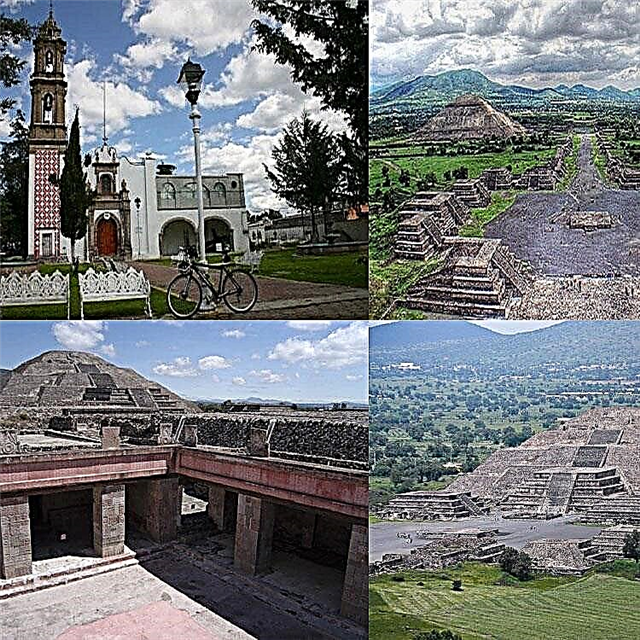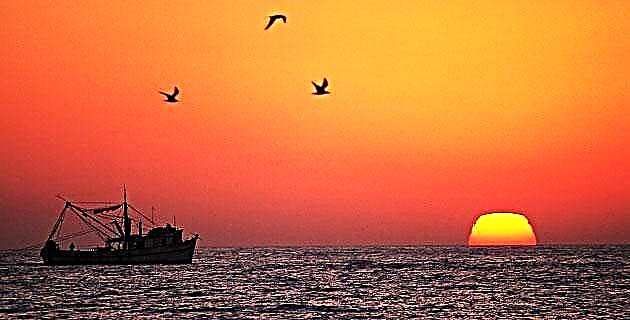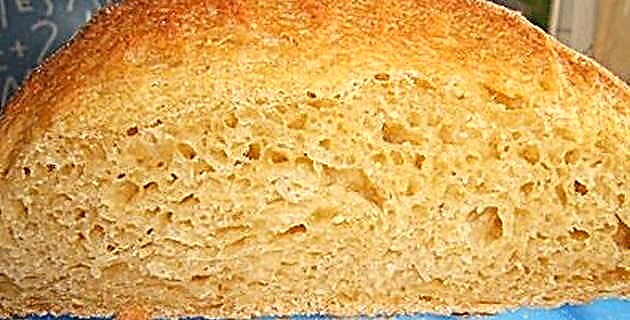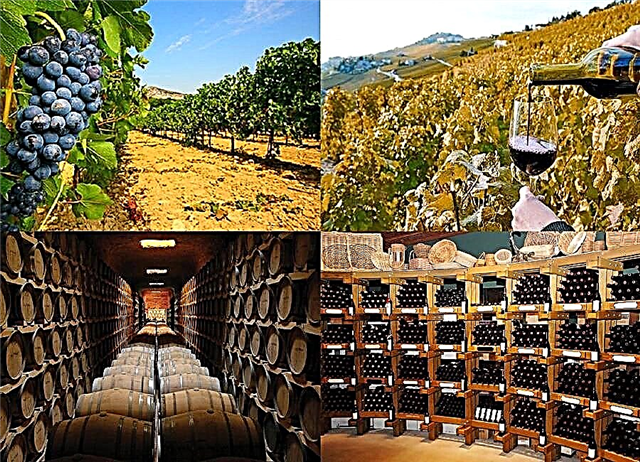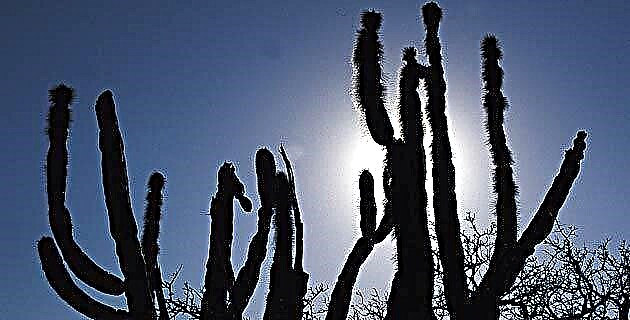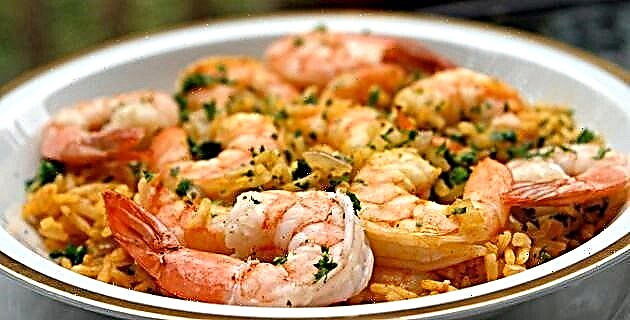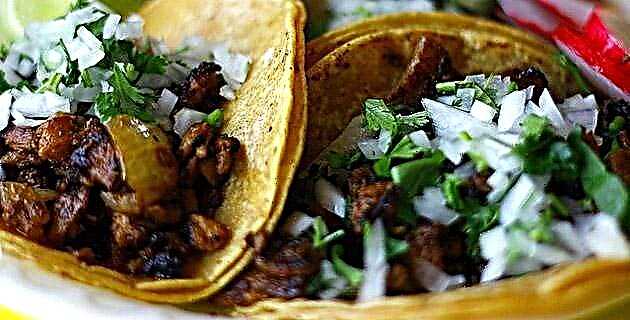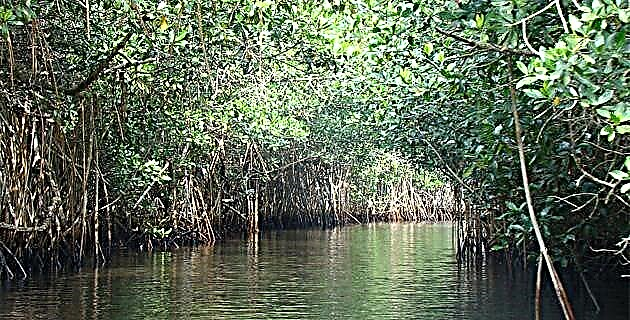
In the midst of an exuberant tropical vegetation that surrounds and covers an intricate system of small natural channels, this time we begin an extraordinary aquatic adventure, through the thick mangrove jungle on the Mexican Pacific coast of Nayarit, known as La Tobara.
In the midst of an exuberant tropical vegetation that surrounds and covers an intricate system of small natural channels, this time we begin an extraordinary aquatic adventure, through the thick mangrove jungle on the Mexican Pacific coast of Nayarit, known as La Tobara.
The place is located near the port of San Blas, in an extensive estuarine area that has its beauty intact; In this coastal region a mixture of waters originates: the sweet (which comes from a large spring) and the salty from the sea, to form a unique ecosystem: a kind of transition area where the river, the sea, the vegetation meet and terrigenous runoff.
Faced with the idea of enjoying and appreciating the beauty of the place for as long as possible, we started the walk and the adventure very early. We started from El Conchal, a jetty in the port of San Blas, where we were impressed by the great movement of people and boats, both tourist and fishing. Although the boats leave for La Tobara at different times, we chose the first of the day to observe the behavior of the birds during sunrise.
The boat began the journey slowly so as not to disturb the thousands of organisms that inhabit the labyrinths and returns formed in the channels. During the first minutes of the journey, we heard the song of the birds in a soft tone; only a few seagulls were taking flight, whose whiteness stood out against the sky tinted a very faint blue. As we entered the dense vegetation we were surprised by the roar of the birds as they took flight; we witnessed a strident awakening in La Tobara. For those who like to observe them, this is a magnificent place, as herons, ducks, divers, parakeets, parrots, owls, pigeons, pelicans and many more abound.
It is incredible the sensation that each visitor experiences when establishing direct contact with nature, in a habitat whose tropical vegetation is home to countless animals.
The ecological importance of this area, the guide explained, increases because it has a great variety of species: crustaceans (crabs and shrimp), fish (mojarras, snook, snapper) and various types of mollusks (oysters, clams, among others. ), it is also considered a breeding area for numerous birds, and a sanctuary for fauna in danger of extinction. For this reason a crocodile was installed in it, in order to preserve this species.
There we found other boats that had stopped to photograph a solitary and defiant crocodile, which kept its jaw open and showed a row of large, pointed teeth.
Later, through the main channel of this phenomenal system, we reached an open area, where magnificent specimens of white herons rose in graceful flight.
Along the route you can enjoy the dense red mangrove vegetation; Hundreds of lianas hang from these, giving La Tobara an absolutely wild touch. You can also see a large number of tree species, including exotic orchids and monumental ferns.
During the journey, on several occasions we stopped to observe groups of crocodiles accompanied by dozens of turtles, who were calmly sunbathing in some small backwaters of the river.
At the end of the first part of such an exciting crossing through the canals, a remarkable change in vegetation is observed: now huge trees predominate, such as fig trees and tulle, announcing the arrival of an impressive spring, which gives rise to the channels of this wonderful system.
Near this source of fresh, transparent and warm water, a natural pool is formed that invites you to enjoy a delicious dip. Here you can admire, through the crystal clear waters, the multicolored fish that live there.
After swimming in that magnificent place until we exhausted our strength, we walked to the restaurant, located near the spring, where delicious dishes of traditional Nayarit food are offered.
Suddenly we began to hear a group of children who shouted euphorically: "Here comes Felipe!" ... What would be our surprise when we realized that the character the children were referring to was a crocodile! Felipe's name. This impressive animal of almost 3 meters in length has been bred in captivity. It is truly exciting to observe how this great organism calmly swims through the waters of the spring ... Of course they let him out of his confinement area when there is no swimmer in the water, and that for the amusement of locals and strangers, they allow Felipe to approach up to a stairway where you can see him from a short distance.
Much to our regret, we were warned that the boat we had arrived in was about to leave, so we started the return trip when it was just a short time before sunset.
During the return journey you have the opportunity to watch the birds return to their nests in the highest part of the trees, and listen at the same time to an incredible concert, with the songs and sounds of hundreds of birds and insects. as a farewell to this fantastic world.
We had a second meeting with La Tobara, but this time we did it by air. The plane circled several times over this magnificent mangrove area and we could appreciate the meandering central river in the middle of the thick vegetation, from the spring until it emptied into the sea.
The most important thing about visiting La Tobara is to understand the remarkable role that this type of ecosystem plays in the coastal aquatic environment and why we should not break the natural balance of this paradise of wild beauty, where we can live an unforgettable eco-adventure.
IF YOU GO TO LA TOBARA
Leaving Tepic, take highway no. 15 heading north until you reach the San Blas Cruise. Once there, follow road no. 74 and after traveling 35 km you will find yourself in San Blas, in whose port there is the El Conchal pier and from which a 16 km route is covered; in the Matanchén Bay is the La Aguada Bay, from where a trip of 8 kilometers is made.
Both routes pass through exotic channels, leaving behind the blue water of the sea and the soft sand of the beach to go through the dense vegetation of the tropical jungle that surrounds La Tobara.
Source: Unknown Mexico No. 257 / July 1998

